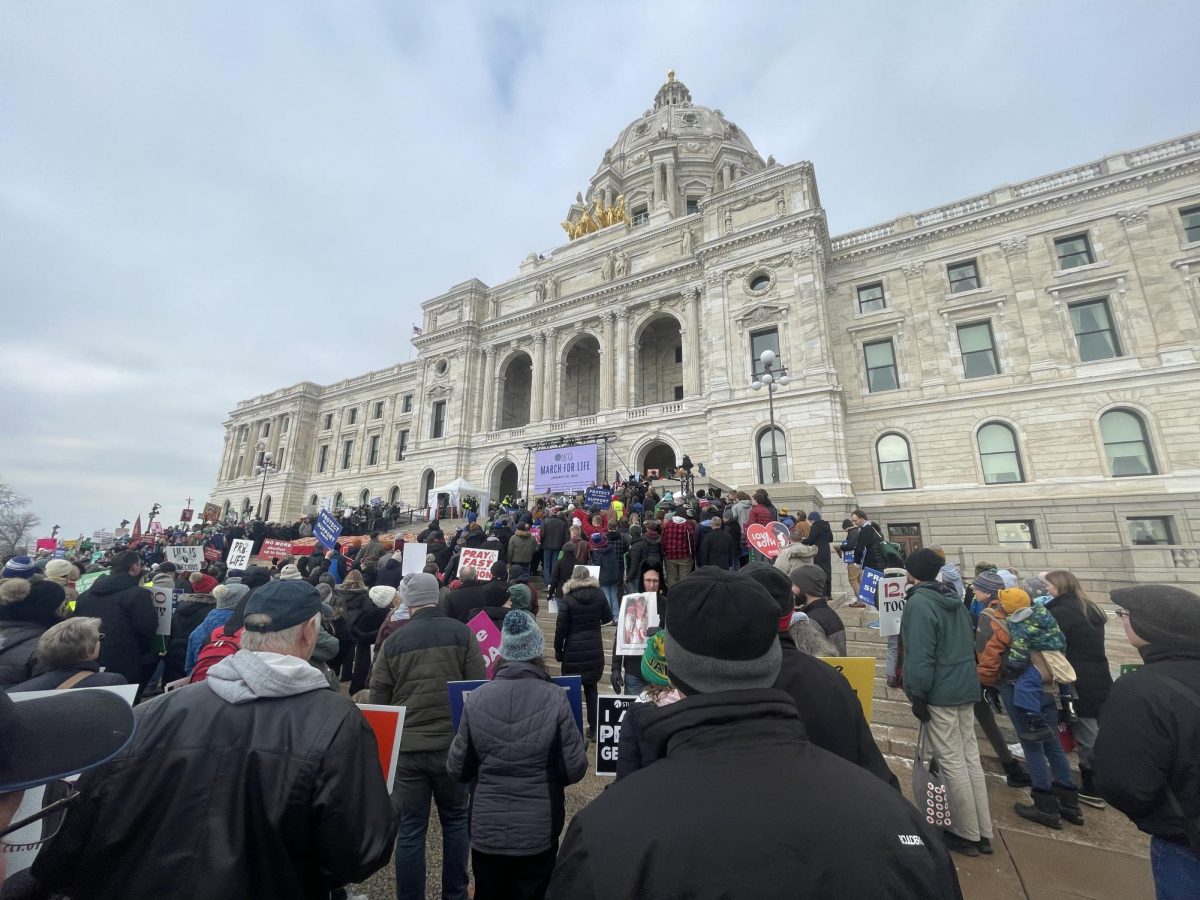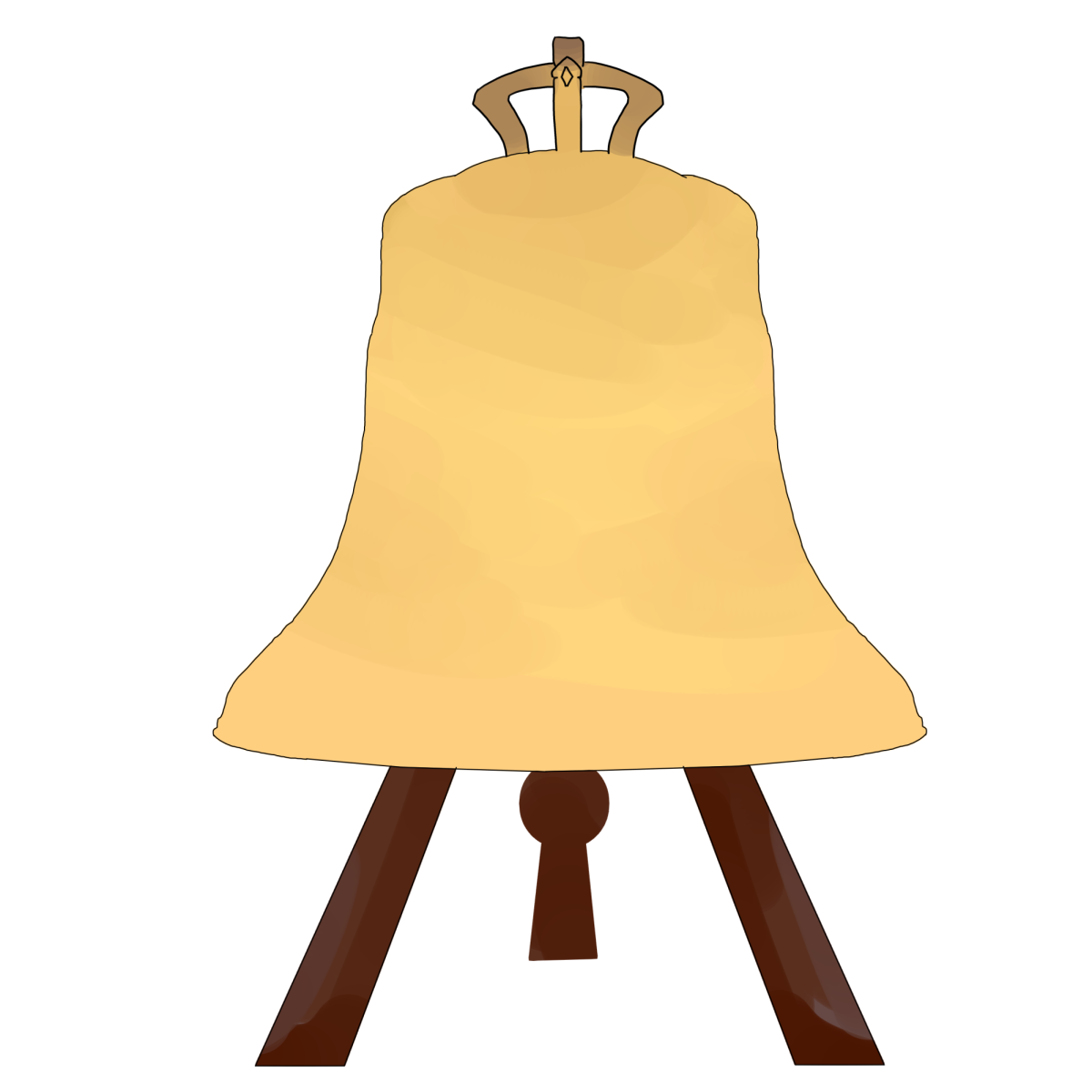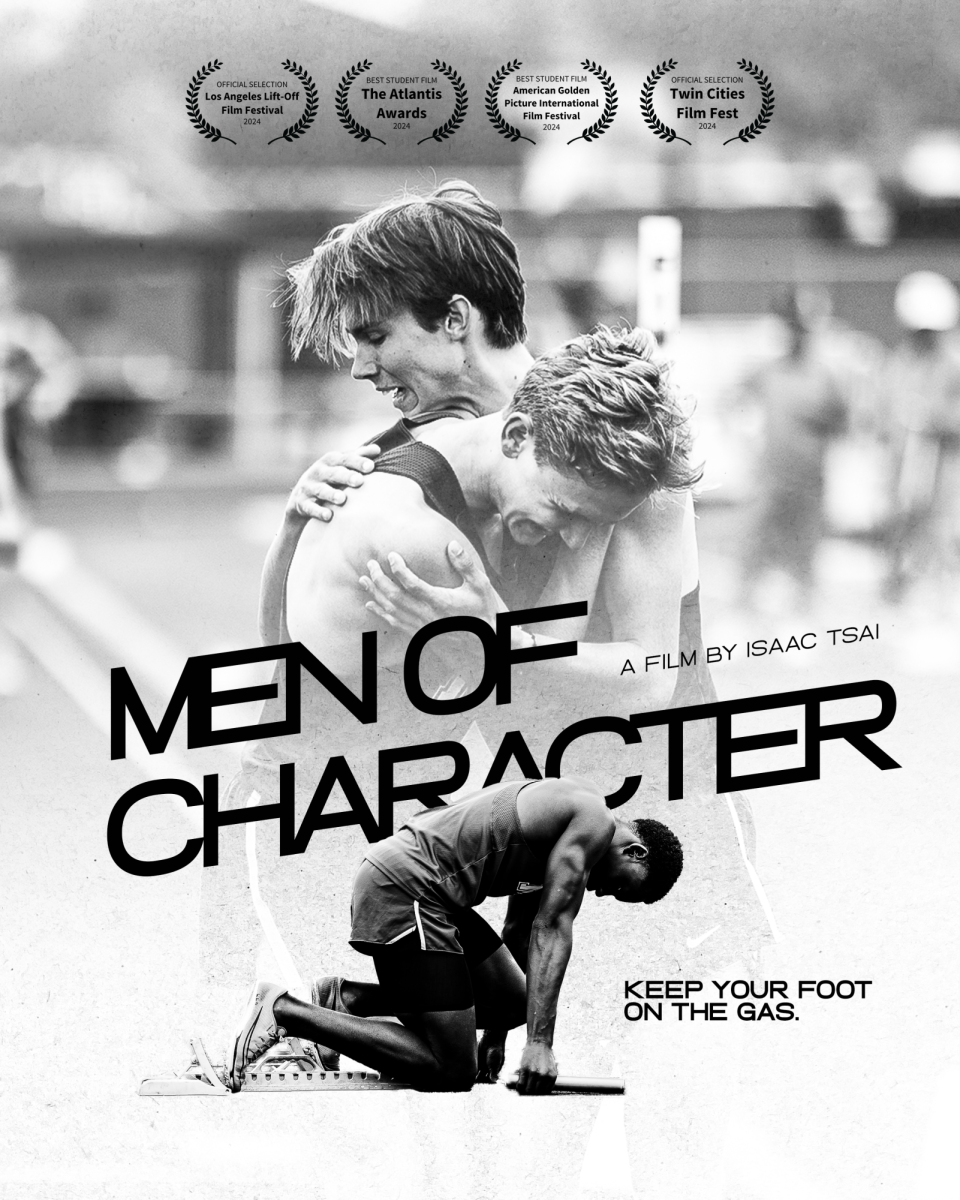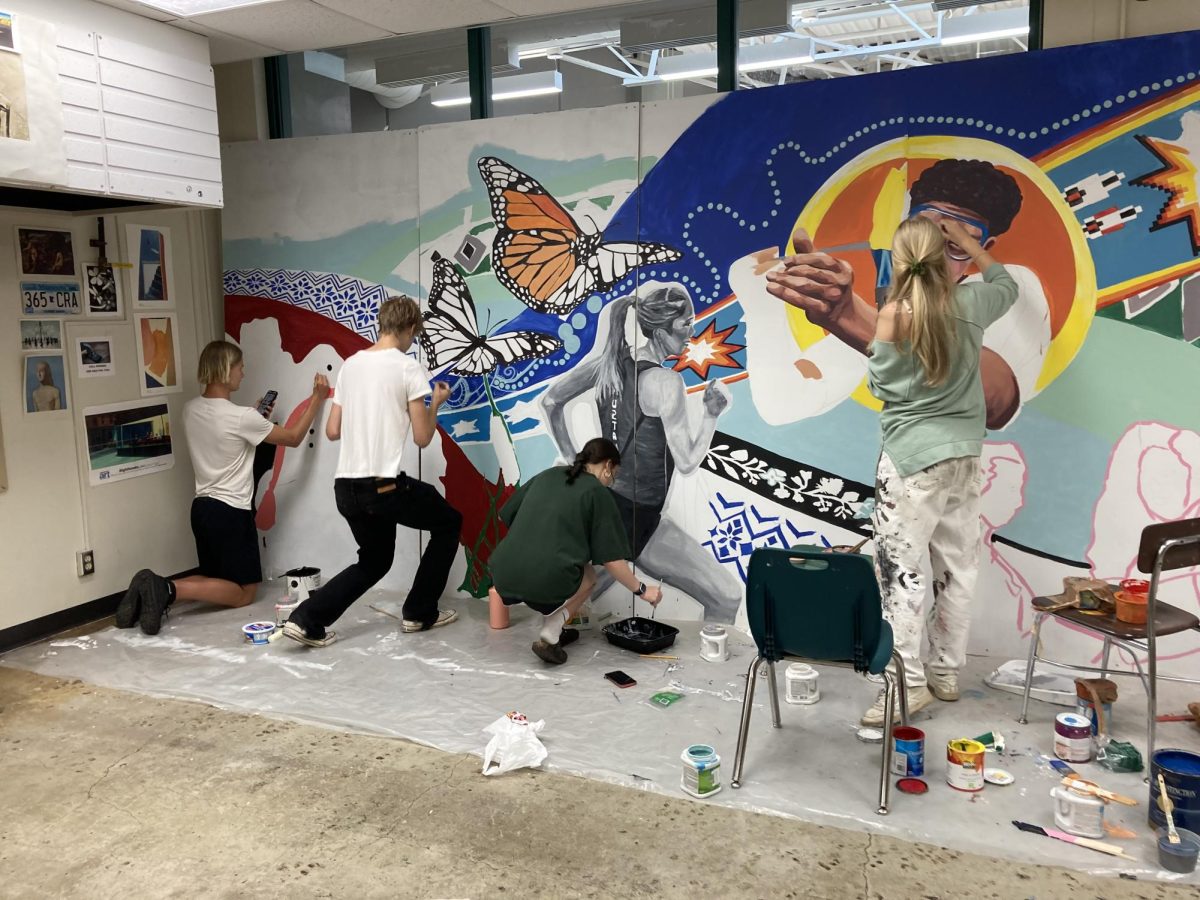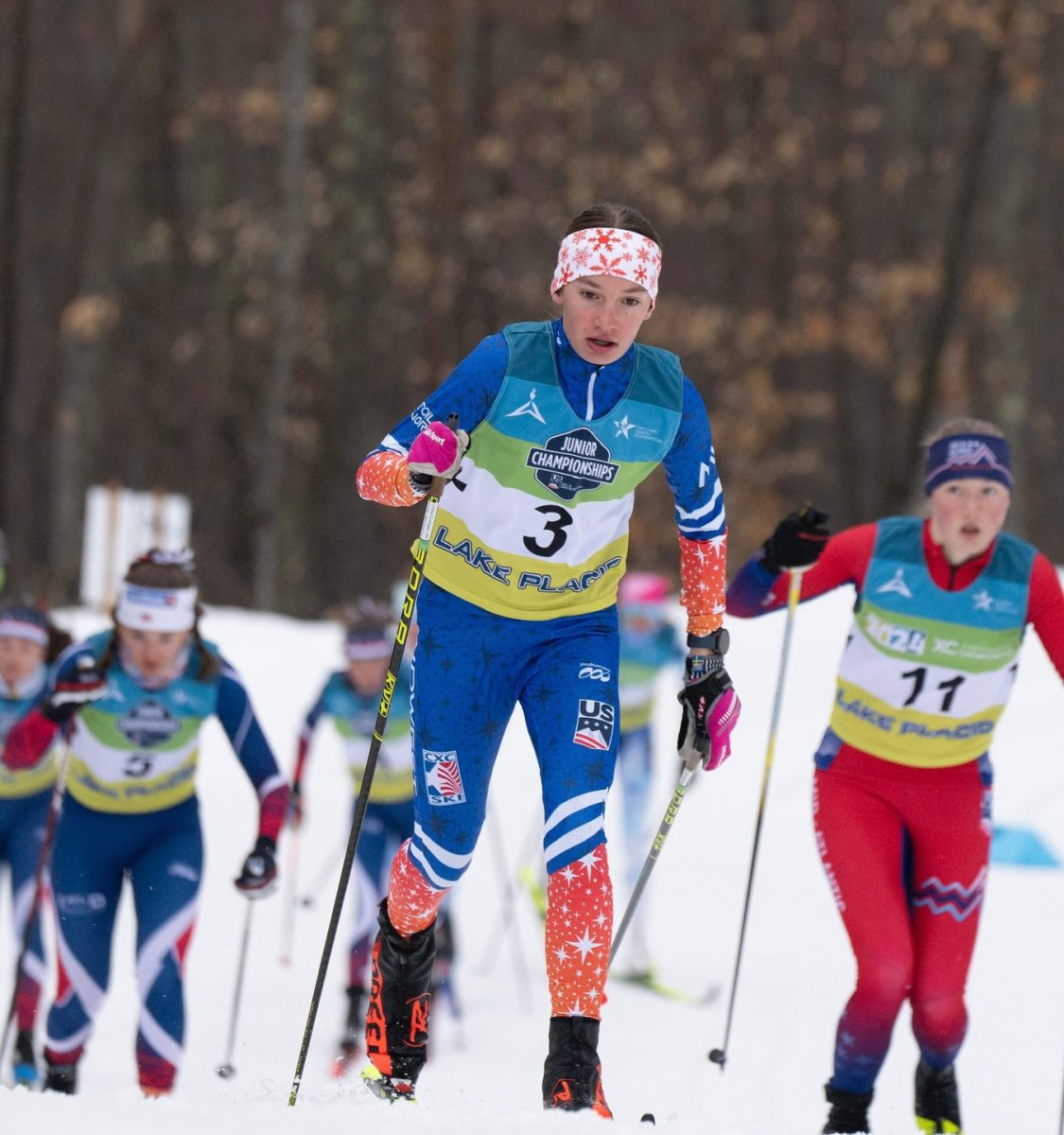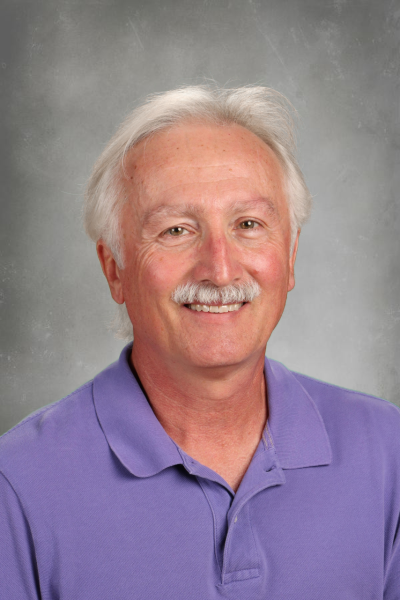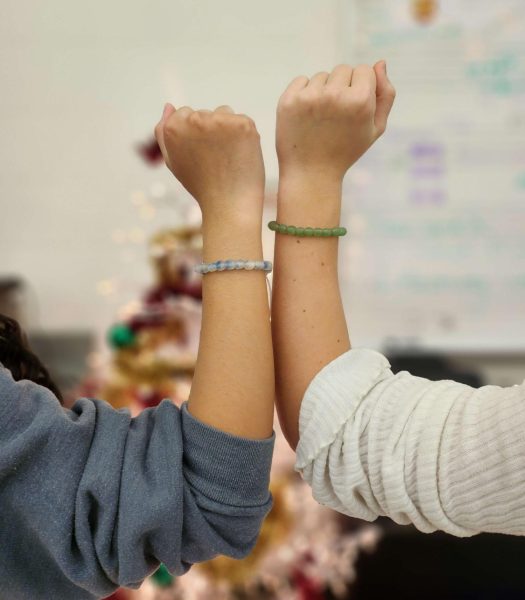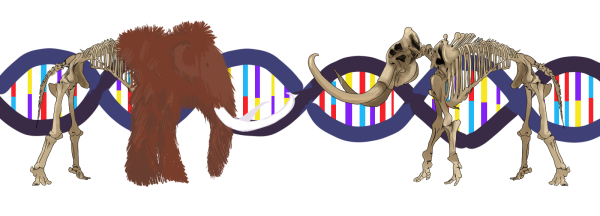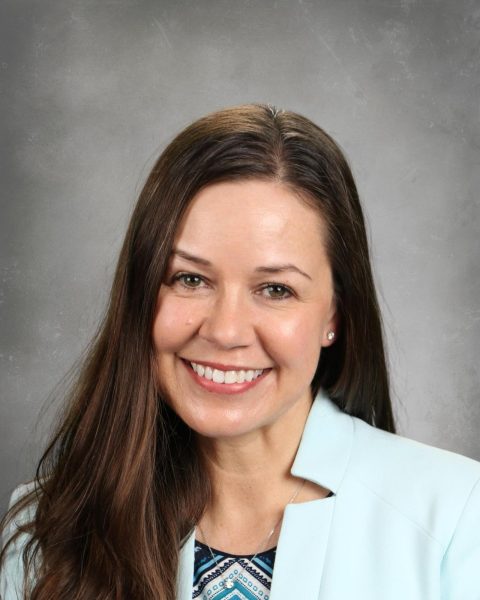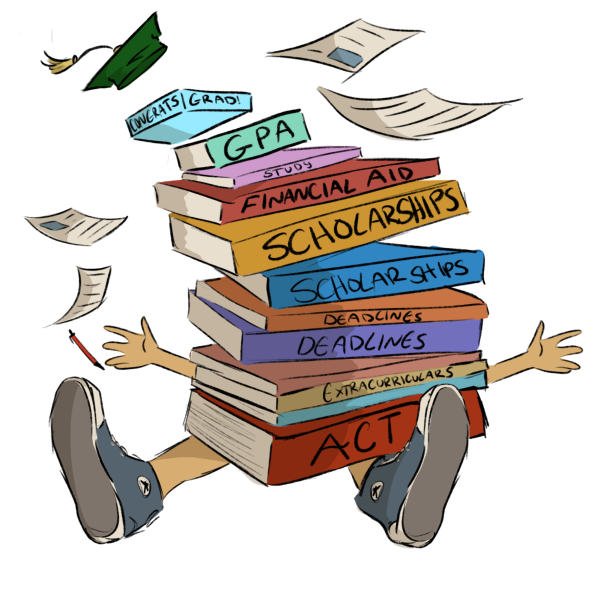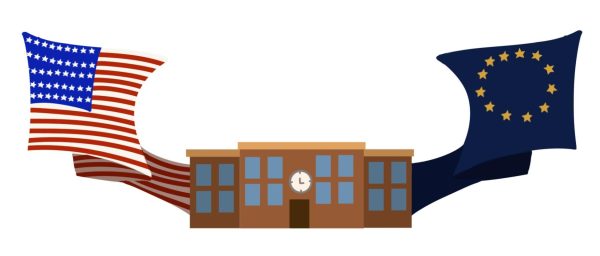Students affected by Hurricane Maria
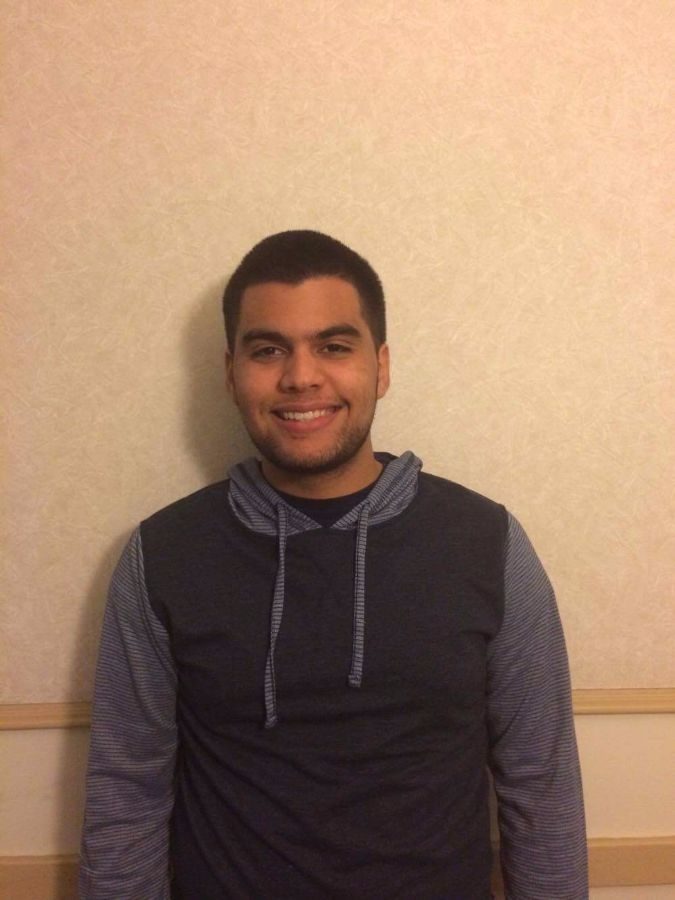
Jonathan Santiago, 11, has several family members in Puerto Rico.
October 15, 2017
On Sept. 20, the fifth strongest hurricane to ever hit the U.S. made landfall in Puerto Rico as a Category 4 storm. However, the social and economical problems that have risen from Hurricane Maria have gone largely overlooked.
The damage from this storm, far greater than the damage from Irma in Florida, has been downplayed by major news outlets. This is allowing the Federal Government to overlook not sending increased amounts of aid to Puerto Rico. On Oct. 3, President Trump visited the island to survey the damage. After seeing the aftermath, Trump waived the Jones Act, a law that prevents foreign ships from entering the area between Puerto Rico and mainland United States. Trump also made comments about the large clean-up costs, but clarified that the Puerto Ricans are worth it. Trump warned that he would pull the Federal Emergency Management Agency (FEMA) out of Puerto Rico, but the FEMA spokeswoman Eileen Lainez tweeted otherwise: “FEMA will be [with] Puerto Rico, USVI, every state, territory impacted by a disaster every day, supporting throughout their response [and] recovery.”
Before Maria devastated the U.S. territory, Puerto Rico already had a suffering economy with poor infrastructure. This is making it hard for supplies to be distributed around the island to citizens who cannot get to ports, where supplies are received. Jonathan Santiago, 11, who has several family members on the island, has felt the impact despite being safe himself. “Puerto Rico, before the hurricane, was already in shambles. This was one of the worst times for it to be hit by a major hurricane,” said Santiago.
Another consequence the island has to deal with is the lack of power and cell service, which is further leading to an economic depression and what the governor of Puerto Rico has referred to as a potential “humanitarian crisis.” Even now, over 80 percent of the island lacks power. Ezra Albright, 10, has grandparents currently living on the island. Albright said that his grandparents have to travel 40 minutes to a crowded Walmart to get cell reception.
The clean up efforts have been slower than expected because the nation is still recovering from Hurricane Irma that hit mainland Florida on Sept. 10. Florida, the closest U.S. state to Puerto Rico, is dealing with its own rebuilding, so it cannot put forth all of its resources for the U.S. territory. In addition to the impacts of Irma, the Puerto Rican government has not passed legislation fast enough to sufficiently help out their citizens.
In order to help the island, Santiago wishes that the U.S. sends more troops from the National Guard to help out in various ways. “My uncle is a Marine and he is a street watcher at night to prevent vandalism and stealing,” said Santiago. As supplies are running out on the island, prices are also going up, which has led to theft. “When my grandparents are at the Walmart to get cell service, at least one person has to stay in the car or else someone will come and suck the gas out of their car which costs $5 a gallon,” said Albright. So far the National Guard has provided 2,000 families with relief supplies, but there are over 3 million people on the island.
A combination of slow government action, bankruptcy, Hurricane Irma and poor infrastructure means that Puerto Rico’s rebuilding process will take a long time; it will take an estimated six months to see noticeable progress and several years for the territory to be economically stable again.
These events have not gone unnoticed by students at Mounds View. Mustang Mentors has organized a fundraiser the week of October 16 consisting of various activities such as dollar hat day, pie your teacher day and dunk your teacher day, the proceeds of which will go to funding for Puerto Rico.


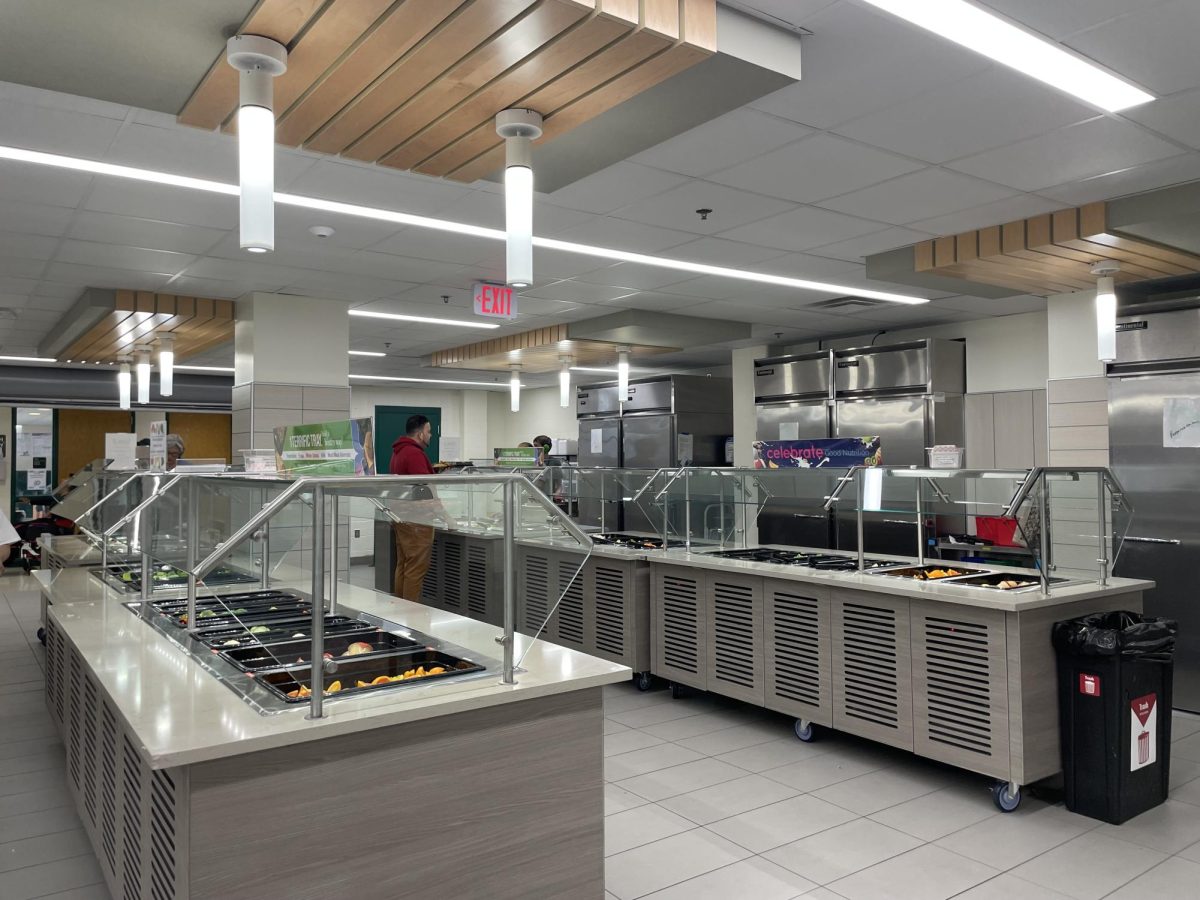
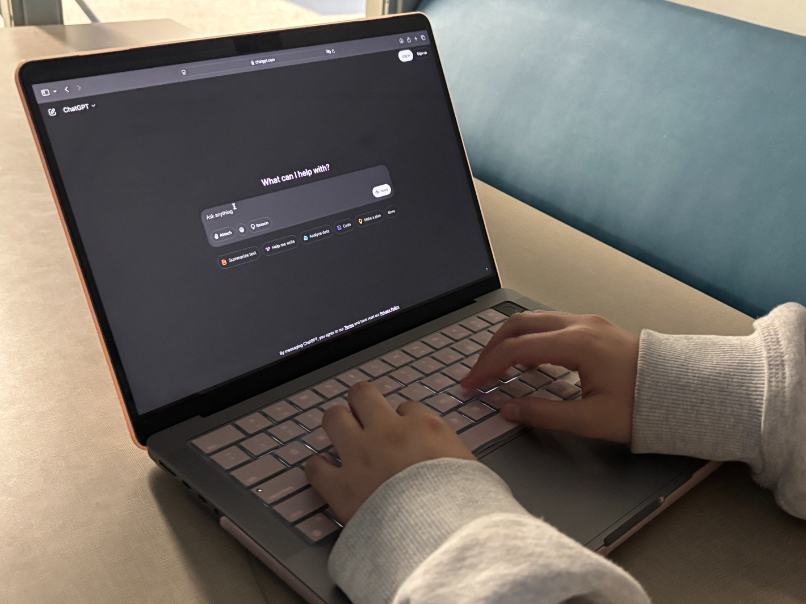
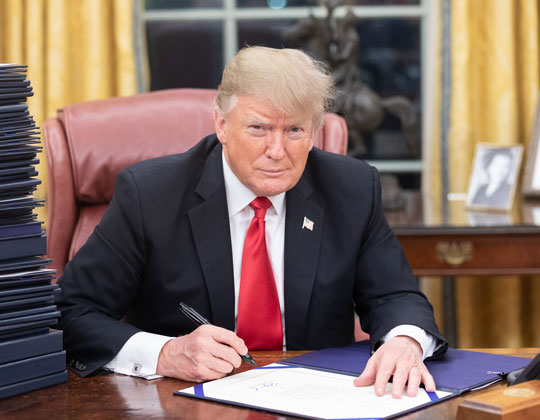

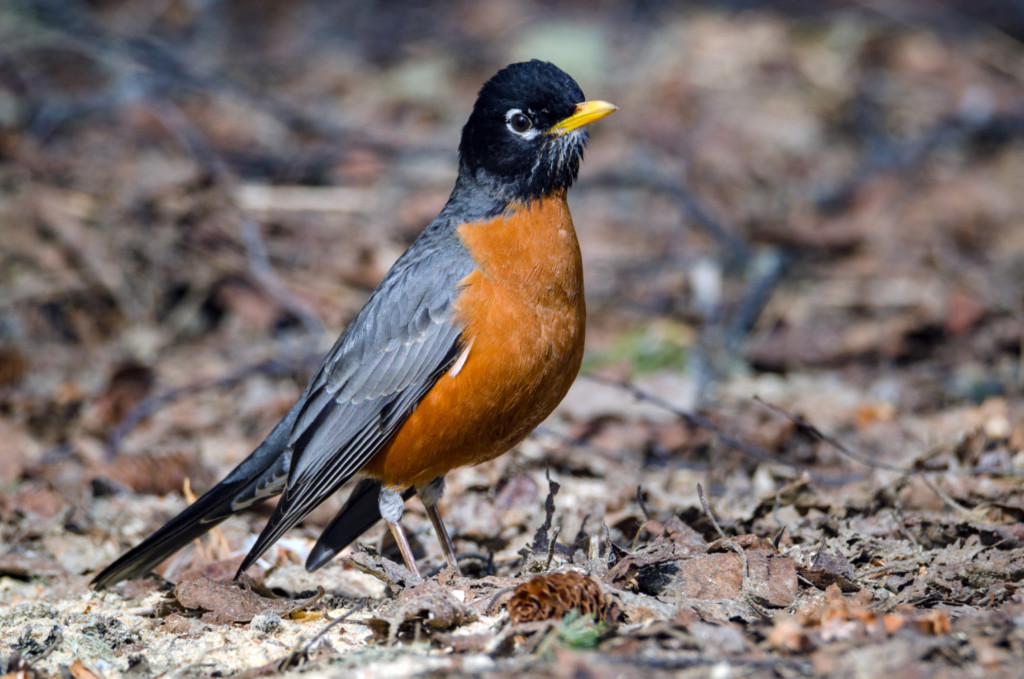
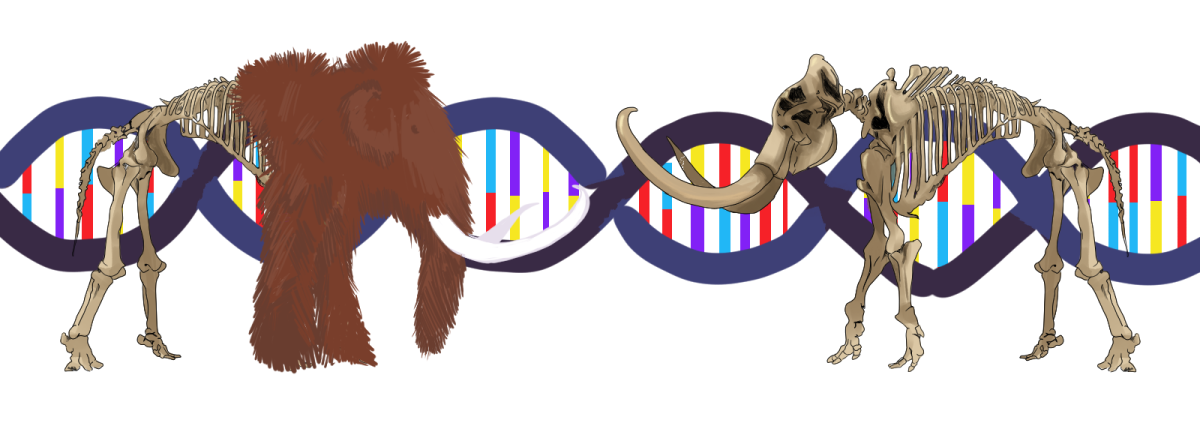
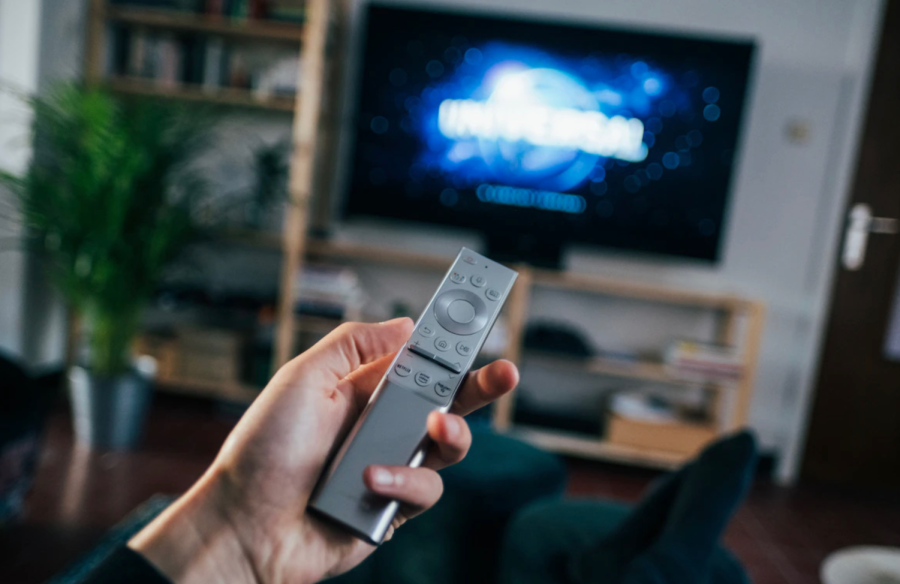
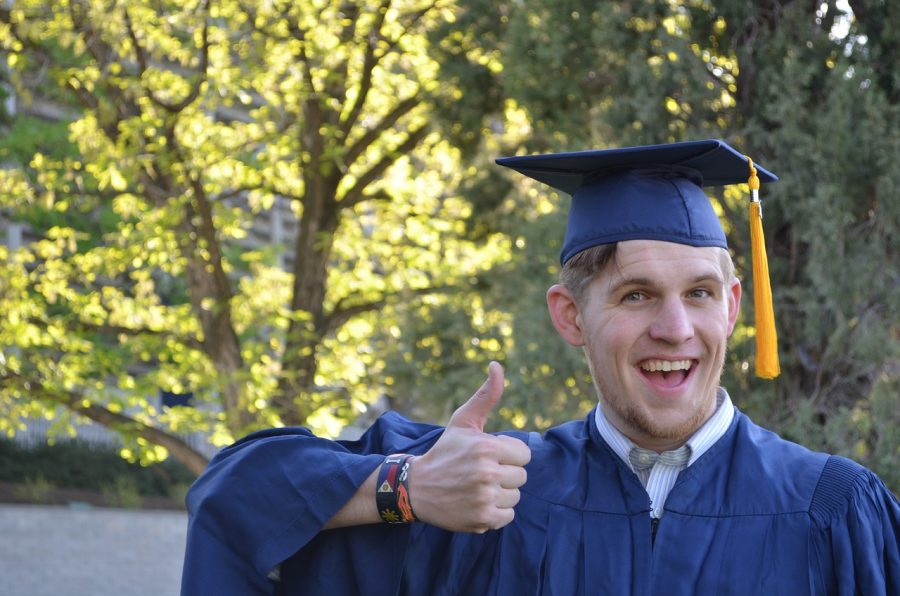
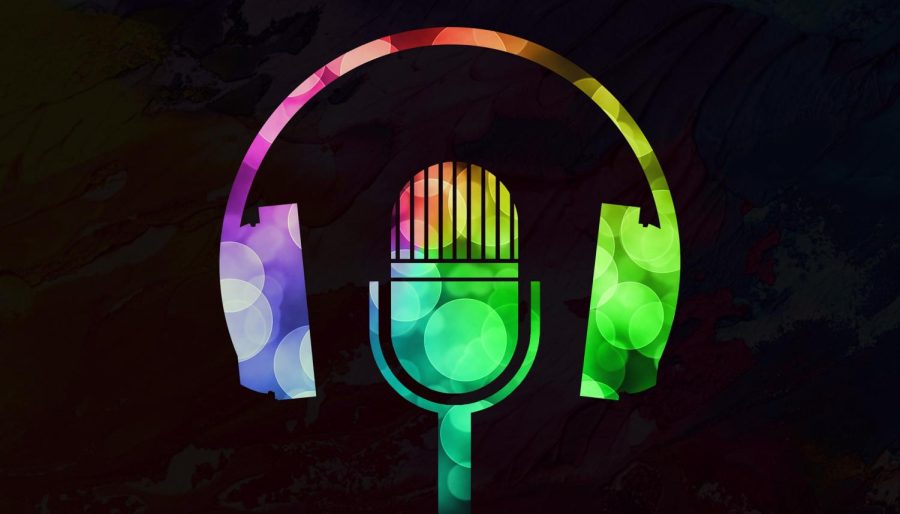
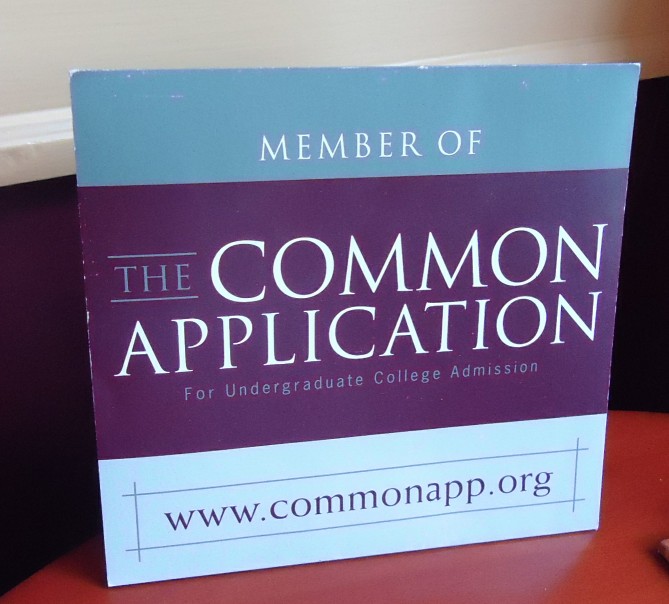


![[DEBATES] Prestigious colleges: value or hype?](https://www.mvviewer.org/wp-content/uploads/2024/12/buildings-1200x654.png)

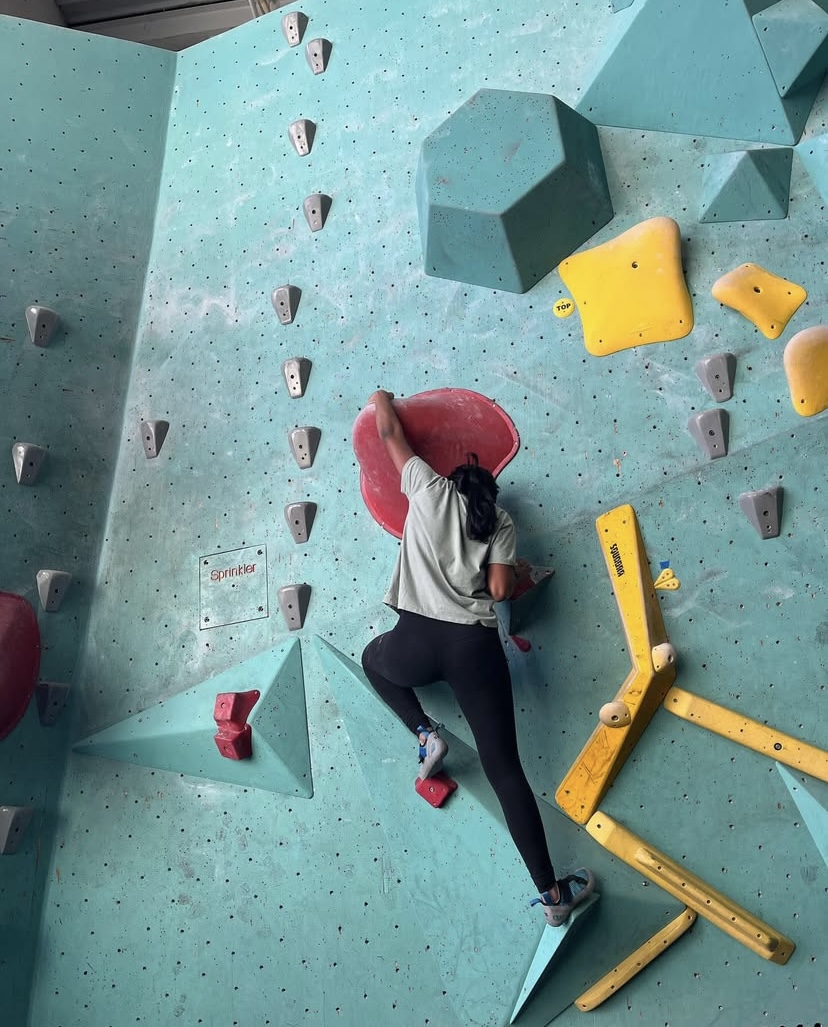
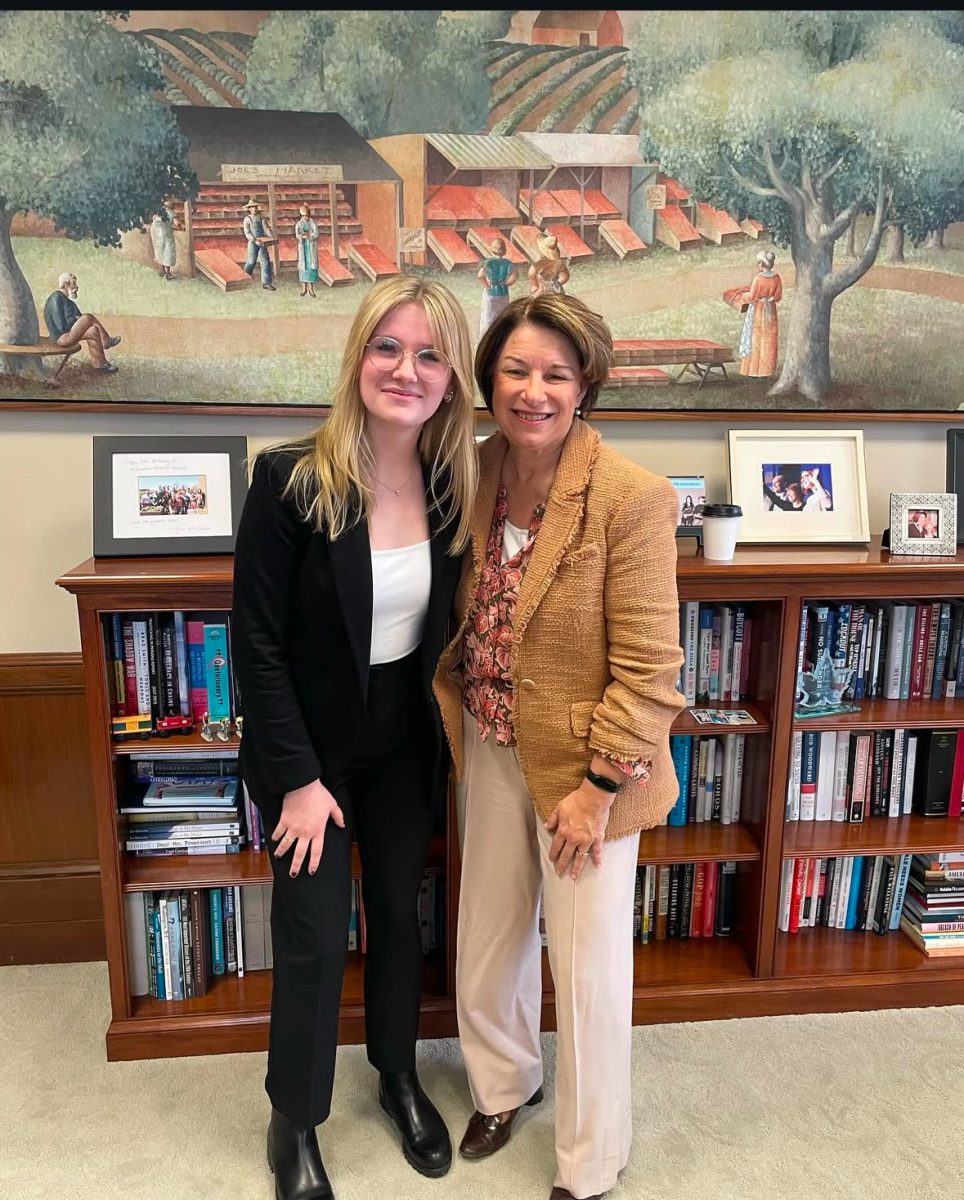
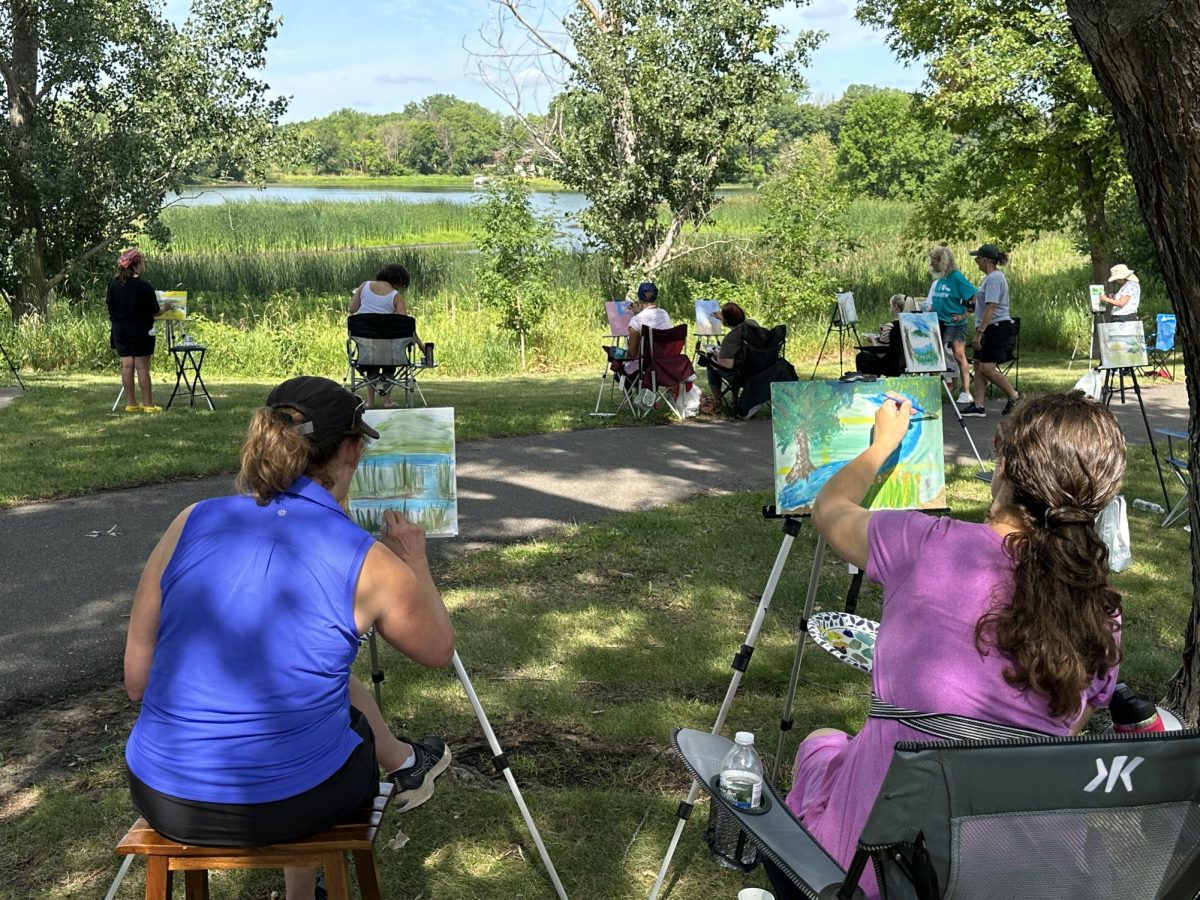
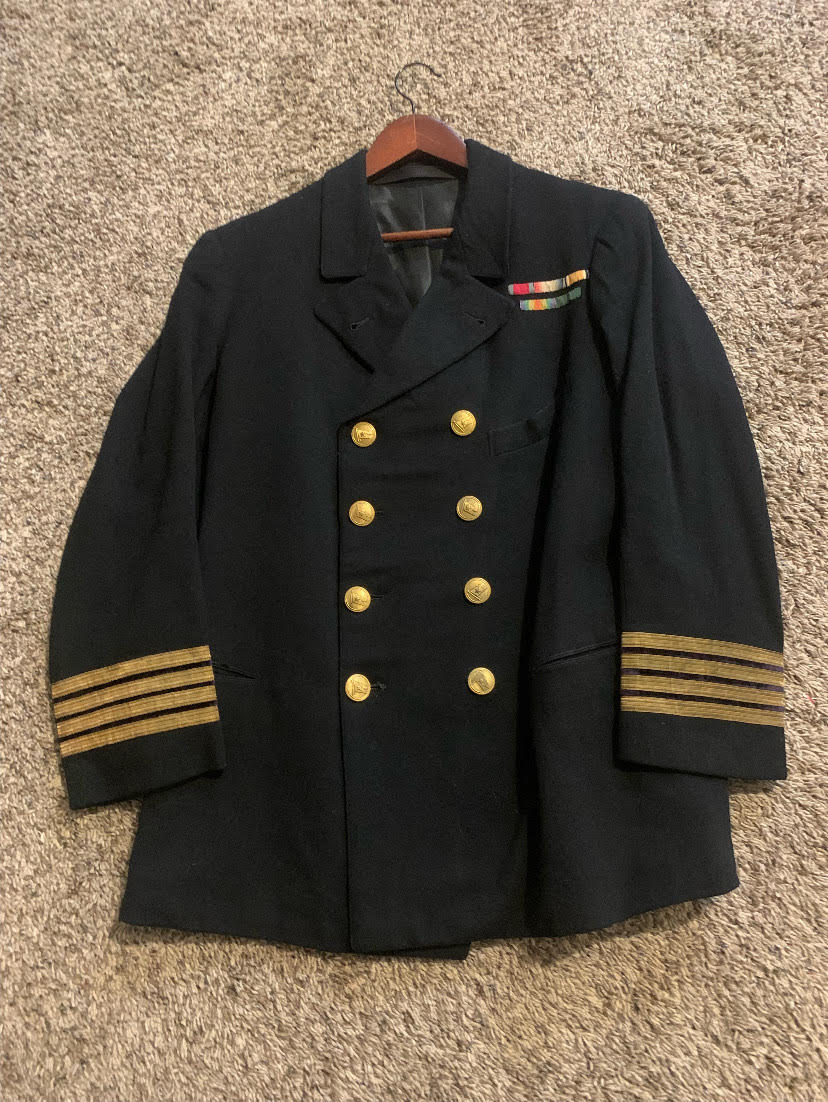

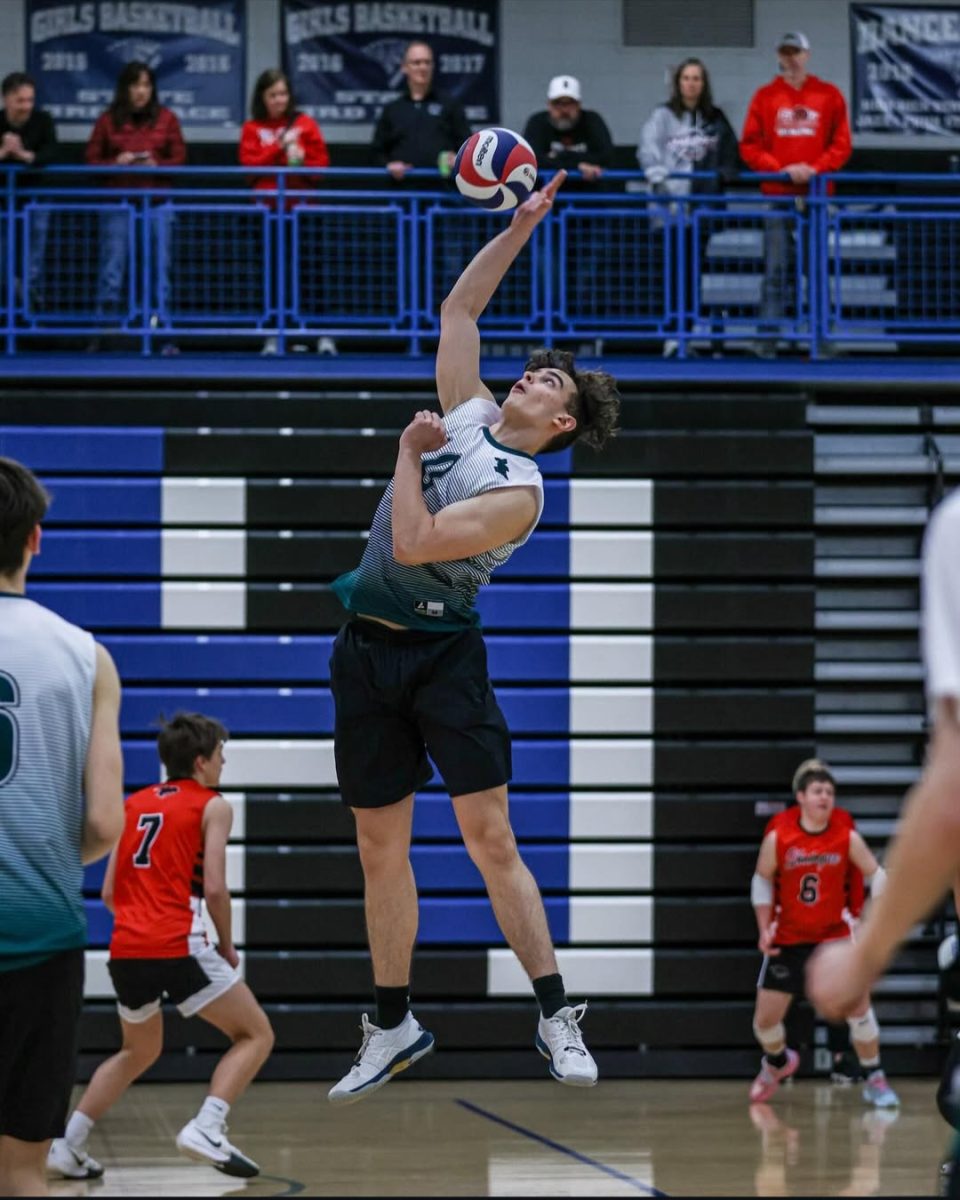
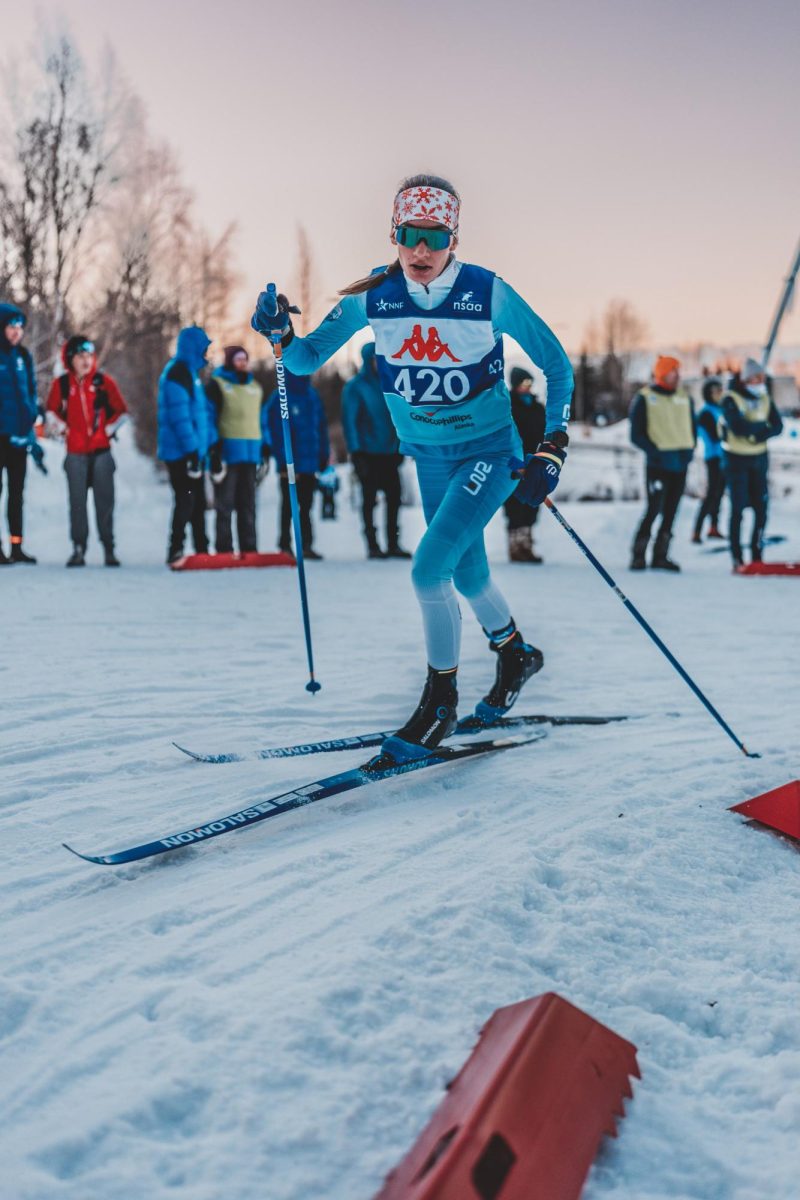





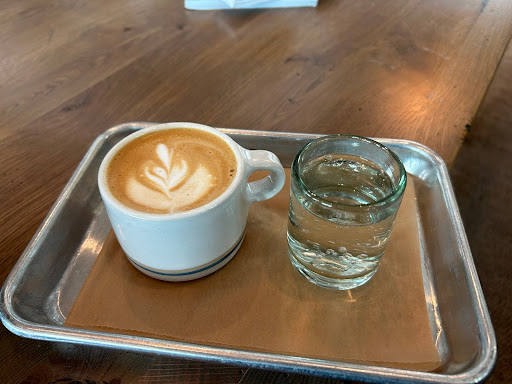
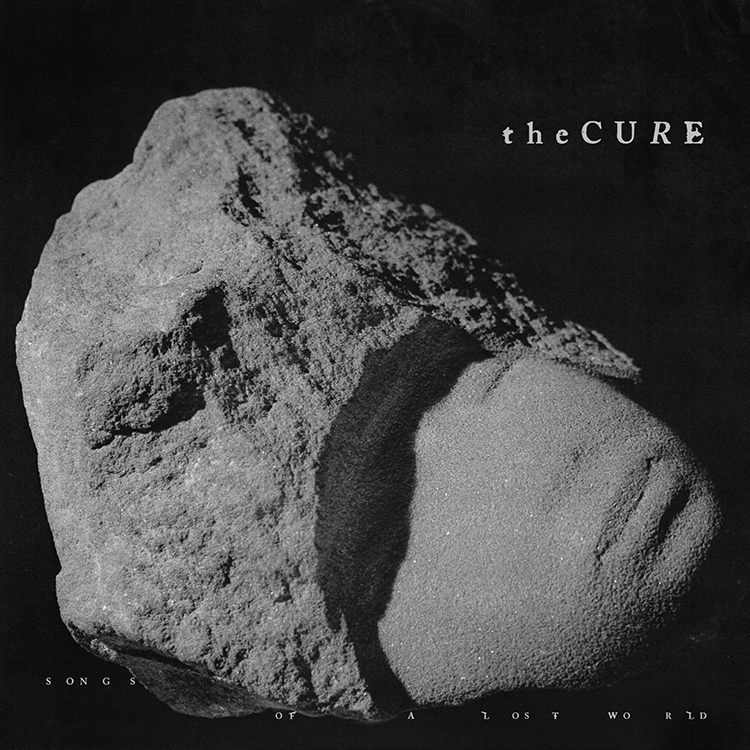

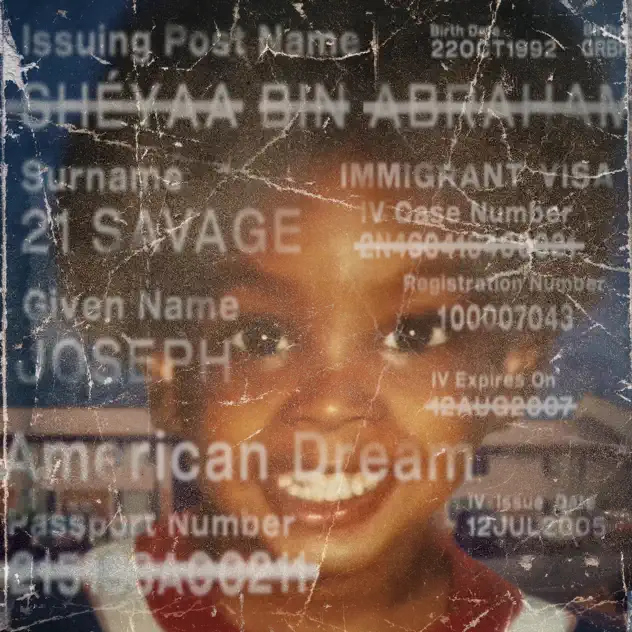
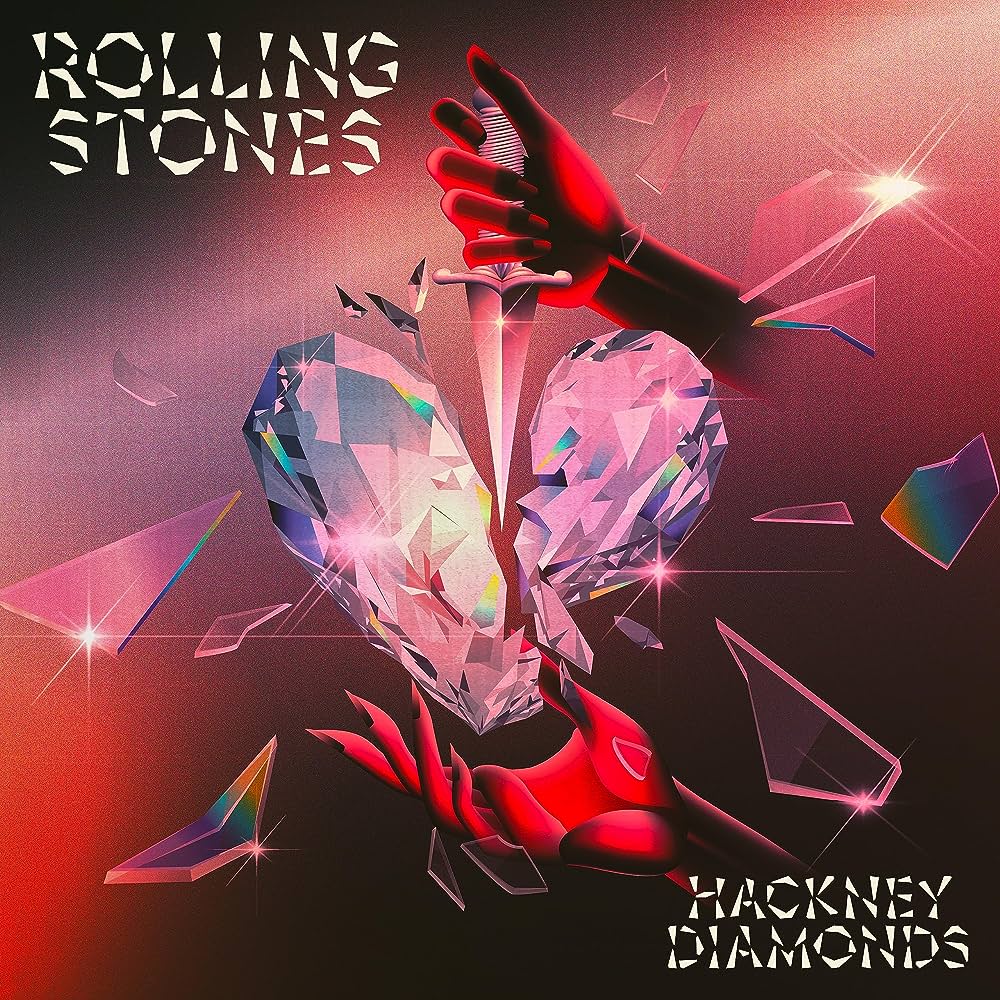





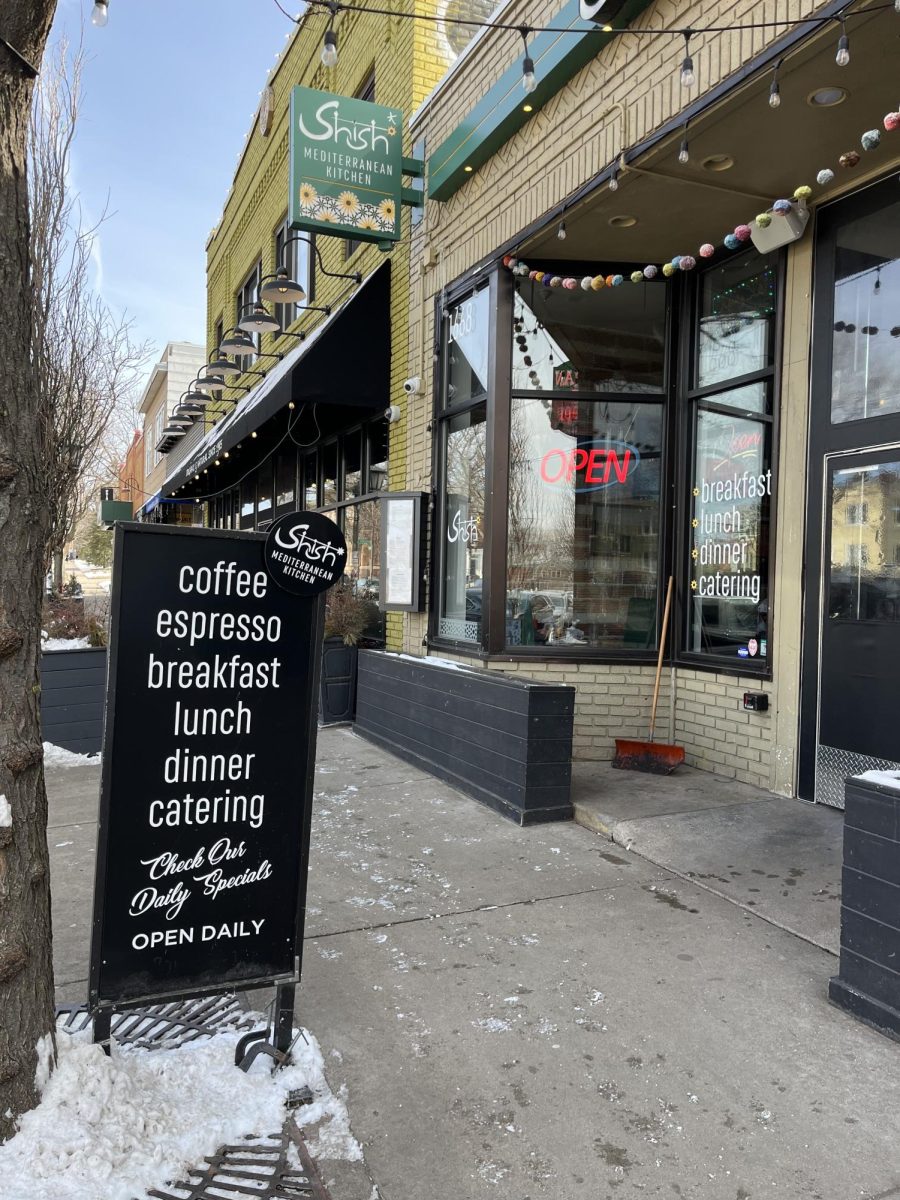
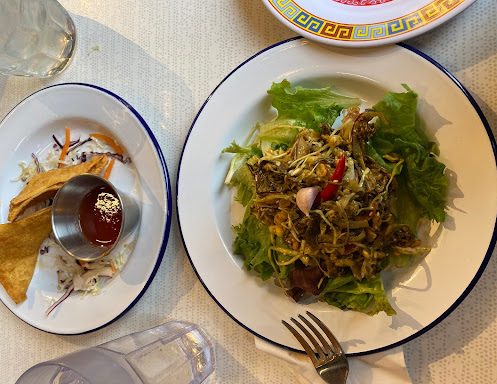
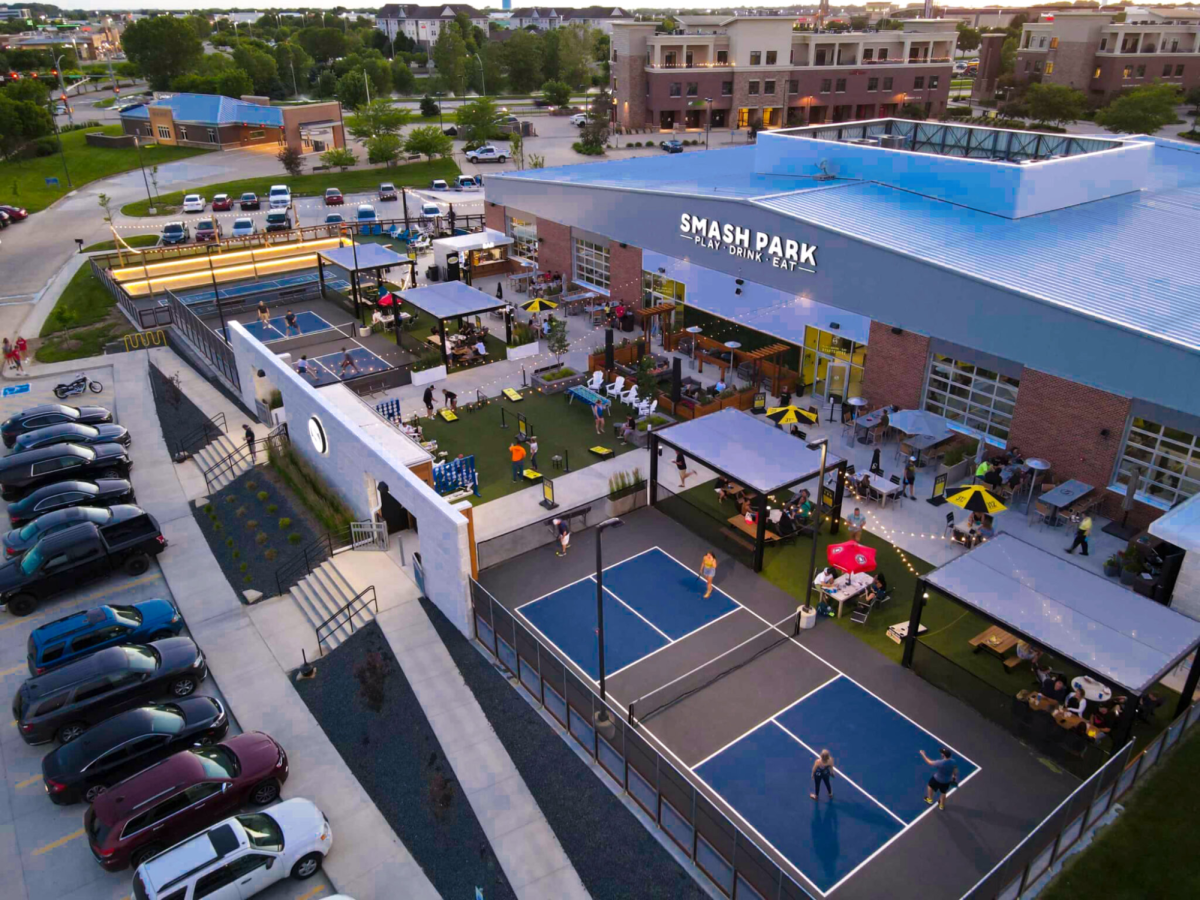


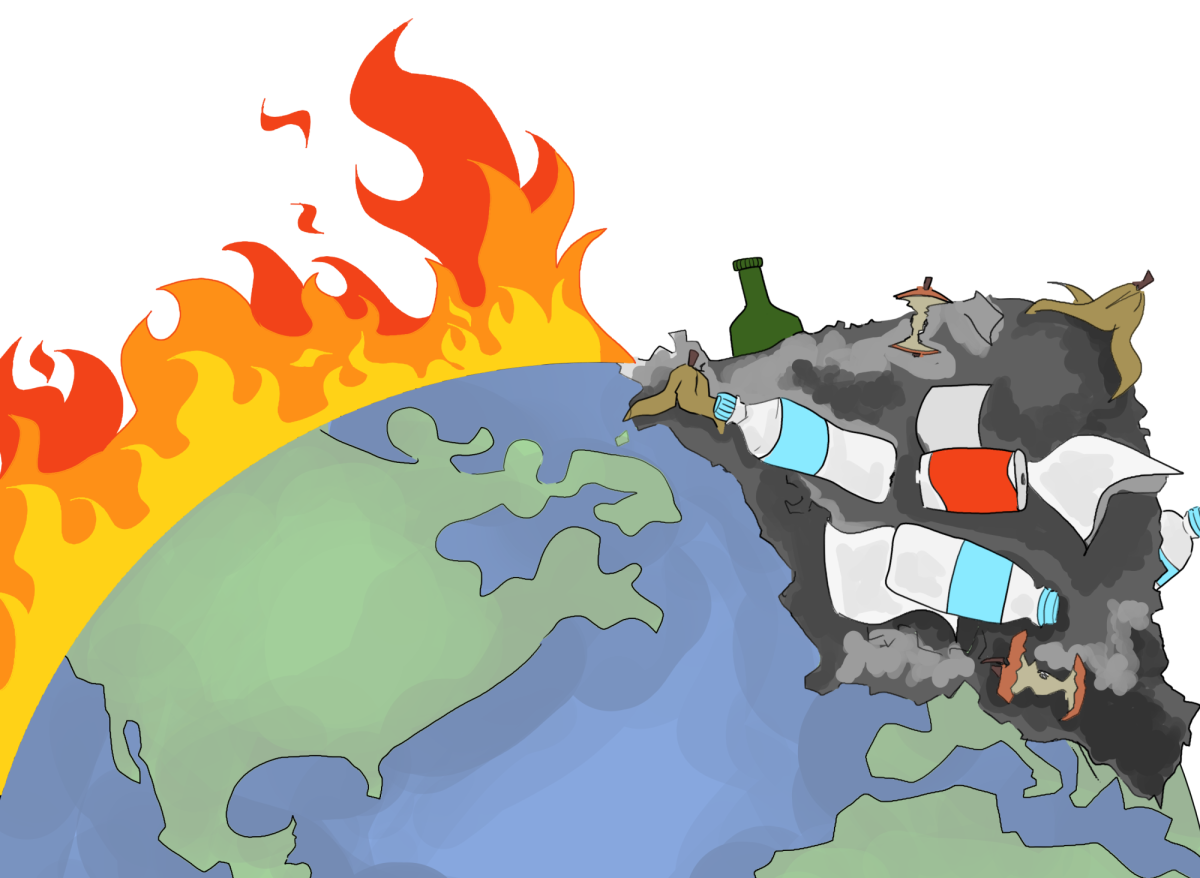
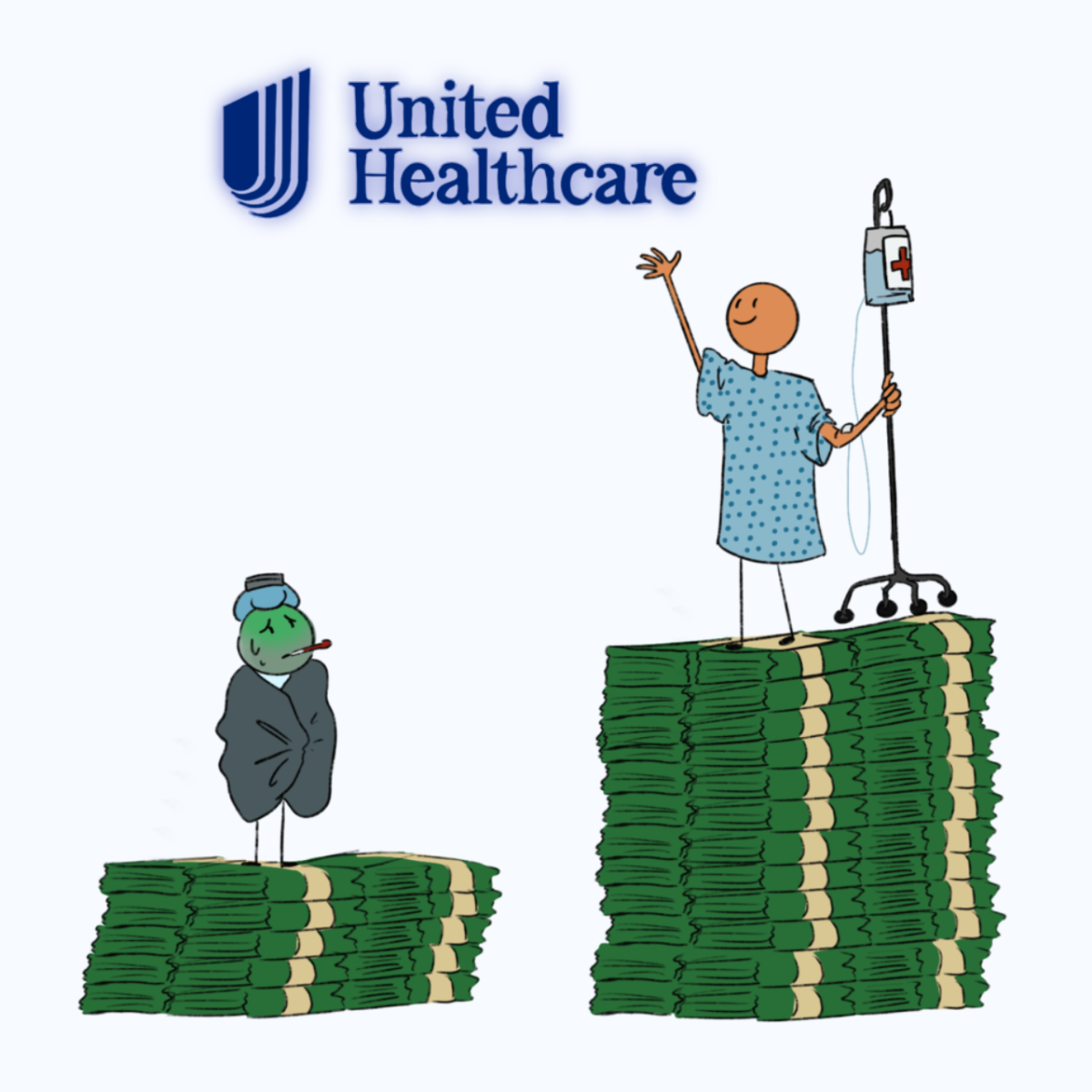
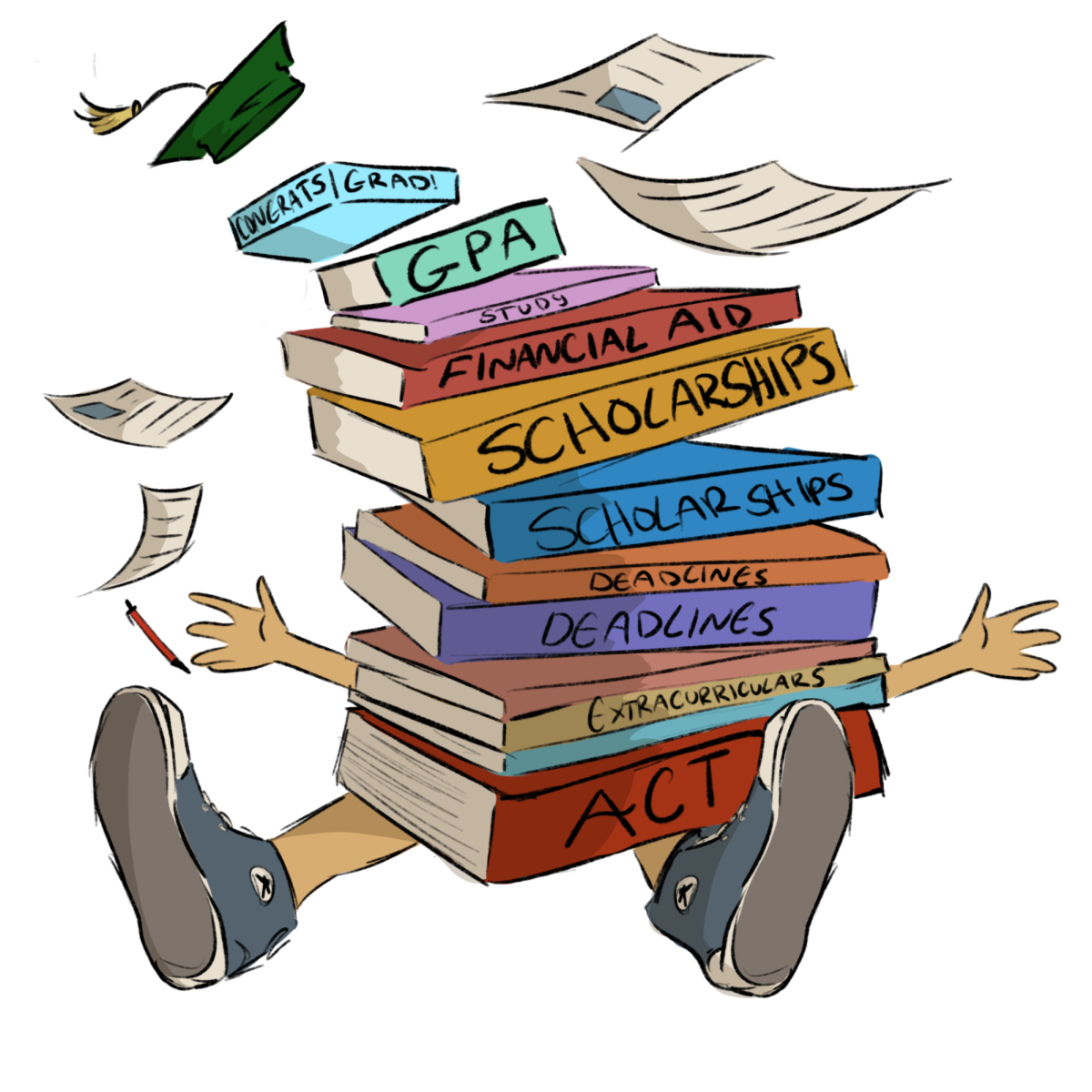
![[OPINION] The dark origins of TikTok's looksmaxxing trend](https://www.mvviewer.org/wp-content/uploads/2024/02/Copy-of-Copy-of-Untitled-Design-1200x675.png)
